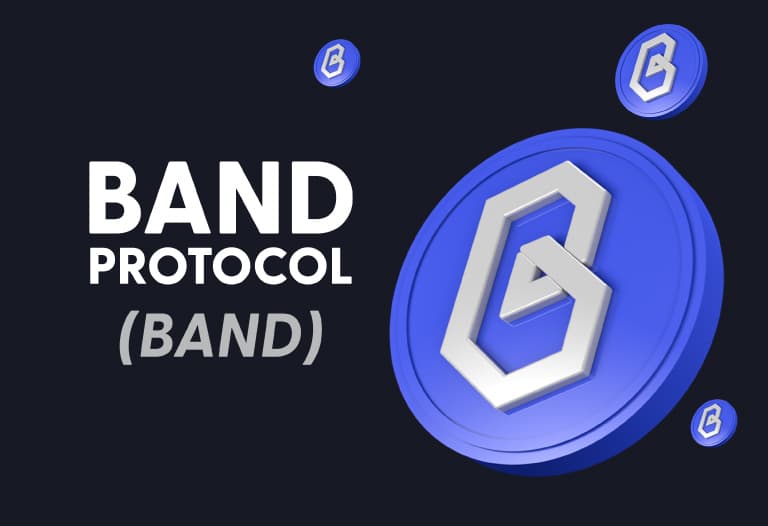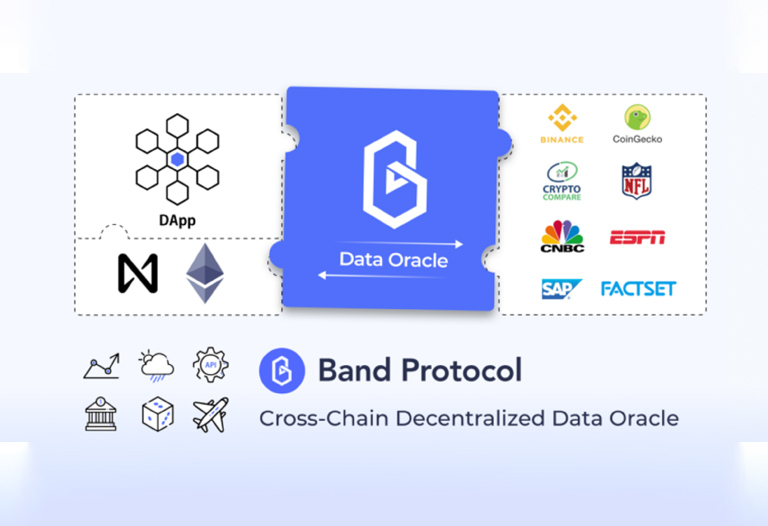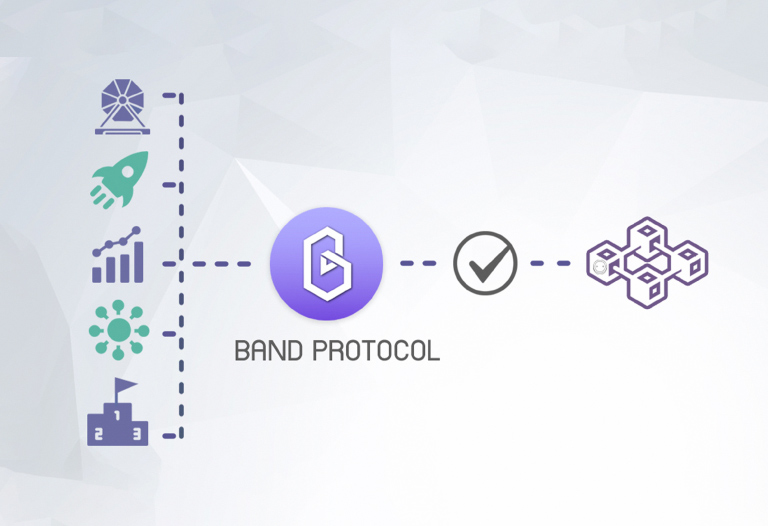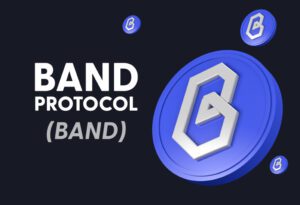
Table of Contents
ToggleHave you ever heard of BandProtocol? This is a project belonging to the world of cryptographic technology. It specializes in cryptography of decentralized oracles between blockchains.
Perhaps when you learn a little more about this project you will think of the Chainlink project, since they have the same objective, however, they retain their differences. In this article we will tell you all about what BandProtocol is and how it works.
BandProtocol is a decentralized oracle that in addition to seeking to solve existing problems with other blockchains, it is compatible with various protocols and chains. In other words, it is a great innovation for the blockchain world.
History of BandProtocol
This project was developed by a startup based in Thailand. The project has three founders. They are Soravis Srinawakoon, who serves as CEO, Sorawit Suriyakarn, who is the current CTO, and Paul Nattapatsiri, who is product manager.
BandProtocol has performed very well in terms of adoption. In 2019, BandProtocol was able to raise $3 million from venture capital firms. Later that year, it was able to raise another $5.85 million in an initial exchange offering (IOE).
At the beginning of its launch, this protocol had an initial offering of 100 million BAND tokens in total. Of the 100 million, 12.37% of the tokens were sold during its initial token sale. It is worth noting that Band Protocol has not only raised money with the initial sale, it has also conducted private token sales, managing to raise up to $2 million in this way.
It was easy to sell the BAND tokens, as early investors bought more than 27% of the supply. The 25% share of the BAND tokens are reserved for the Band Protocol ecosystem and the other 22% has been reserved for the development team and the foundation in charge of securing the development.

How does BandProtocol work?
To understand how Band Protocol works, the first thing to know is that it is a platform that aggregates and links real-world data and APIs with smart contracts. In this way it acts as an “oracle” for smart contracts. The project is characterized as cross-chain because it focuses solely on providing services to the world of DeFi or decentralized finance.
BandProtocol has a flexible and simple oracle design that allows developers to use real-world data including data from the world of sports, weather, random numbers, and so on. An interesting feature of this project is that developers can create custom oracles through WebAssembly.
BandProtocol’s smart contracts are crucial to its smooth operation. This is why the platform ensures that they are executed correctly. To achieve this, BandProtocol is responsible for providing this service by means of software in charge of incentivizing a certain class of users. These are known as validators. The network constantly encourages them to provide and verify correct and verifiable external data.
It is worth noting that initially, BandProtocol was running on the Ethereum blockchain. Some time later the project ended up building its own blockchain using Cosmos technology. Thanks to this new technology the network could relay data across different blockchains and not only to the Ethereum network.
As we can come to understand so far, BandProtocol is an intermediary between Internet information sources and blockchains. The system software is in charge of handling the data requests coming from the decentralized applications. It relays the information via the data sources of the rest of the Internet. To carry out this process, it uses its own blockchain, thanks to which transactions are checked and validated publicly.
Thanks to blockchain technology, we can ensure that the data the platform provides to users is not manipulated or corrupted by other users.
In all this, validators play a very important role. They are in charge of verifying that transactions in the Band Protocol have been executed correctly. In addition, they are the ones who add new transactions to the Band Protocol blockchain.
It is important to know that to become a validator in Band Protocol the user must have control of a certain amount of BAND tokens. This amount can be acquired either by purchasing them or by acquiring them from other users.
Direct competitor of Chainlink?
As mentioned above, BandProtocol could easily be Chainlink’s competitor. In fact, it is. It was born as its direct competitor presenting differences that solved problems found in Chainlink.
The main difference we should know is that Band Protocol v2 works on its own blockchain, this blockchain is called BandChain, and it is based on Tendermint, with a BFT consensus algorithm (DPoS). The operations of this blockchain are carried out within the Cosmos ecosystem.
Chainlink, on the other hand, is not a blockchain, so its nodes function only as oracles focused solely and exclusively on data delivery.

What is BAND? The native token
As expected, the Band protocol also has its own native token, called BAND.
BAND was first launched to the cryptocurrency markets in September 2019. It was initially priced at around $0.6. At the time of the launch there was only the first version of Band Protocol. As we mentioned above, this version was based on Ethereum. It was not until April 2020 that the price of BAND started to notice changes.
These changes came with the release of the second version of the protocol, and especially the new BandChain. Due to this combination the price of BAND started to rise. By July the price had already exceeded $4.5 and in August of the same year it was close to $15.
To get a better idea of its growth, since the BandChain’s launch was announced, the price of BAND first increased by 2,400% in four months and then fell to 55% in less than a month. However, it is now more than ten times higher than it was a year ago.






